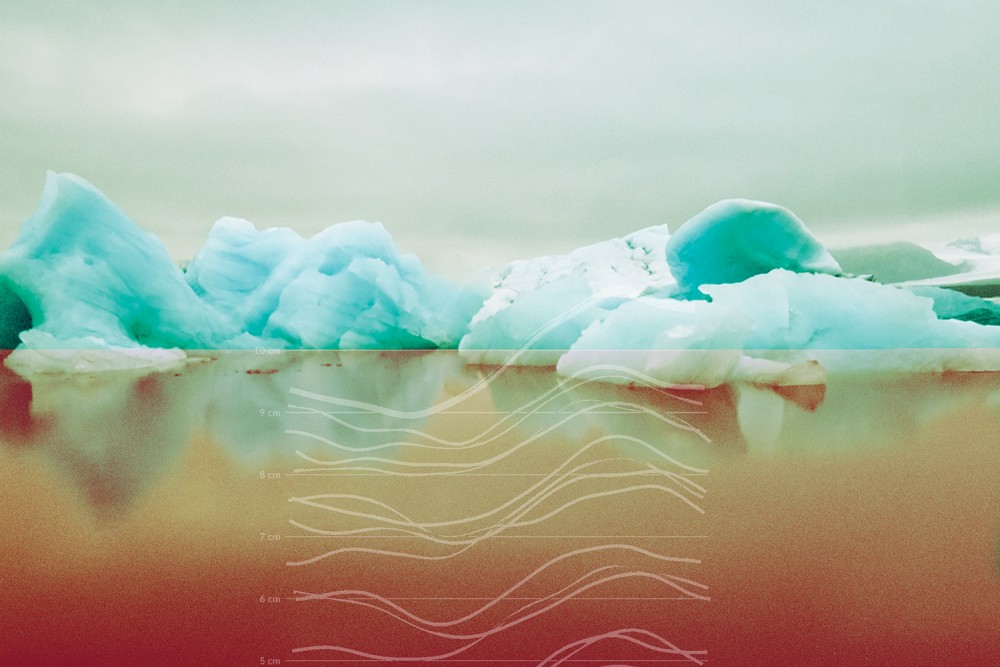Sacred waters, melting ice
Baptismal rituals in glacial lands hold memories of the past—and wisdom for facing climate change.

Century illustration (Source image: Severin.stalder / Creative Commons)
All theology is contextual. The oldest law book in Iceland, Grágás, which emerged sometime between the ninth and 13th centuries, preserves an instruction for emergency baptism when traveling with a sick child. While fresh water is always preferable for baptism, Grágás instructs, it is also possible to baptize in the ocean or even in snow. The person who baptizes the child should draw three crosses in the snow and then address the water itself, saying, “I consecrate you, water.”
This Icelandic memory of baptizing in snow and salt water calls to mind the glaciers and sea ice that cover a good portion of the Arctic. They are the most stable form of water, and yet they are rapidly vanishing from our world—like the church ritual from Grágás. Amid the many environmental crises of our era, long-term climate change is causing glaciers to melt, from the Himalayas to the circumpolar regions.
Icelandic poet Andri Snær Magnason reflects on our relationship to the melting ice of the Arctic region in his 2019 book On Time and Water: “Glaciers are frozen manuscripts that tell stories just like tree circles and sedimentary deposits; from them, you can gather information and create a picture of the past.” When we read glacial texts as sites of cultural memory, he suggests, we can make meaning of both our past experiences and our present situation under climate change. But what does it mean to read a glacial manuscript? Magnason suggests that we need to “go backwards to move forwards,” which involves exploring the histories of human relationships to these giant icy bodies which human consumption is about to eliminate.





